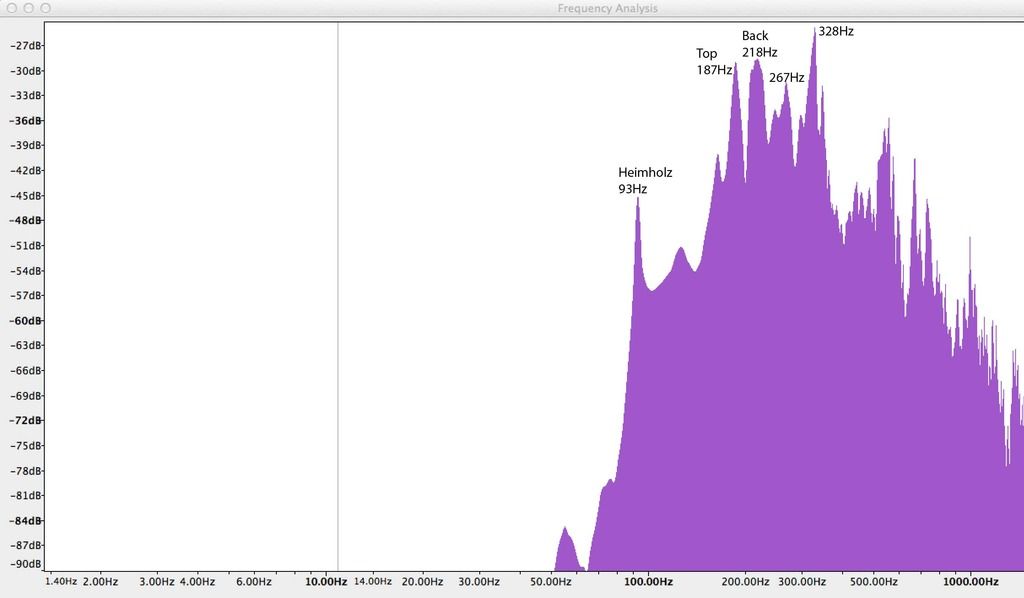Doesn't Trevor load mass onto the sides to lower frequency on a finished box? I remember him commenting that it had to be really firmly bolted to sides to have the desired effect. Check out page 15 here:
http://www.goreguitars.com.au/attachmen ... _paper.pdf
or find that place in his books.
cheers, SteveG
edit; I'm already way out of my depth here. I'm sure somebody smarter will be along to comment soon....

